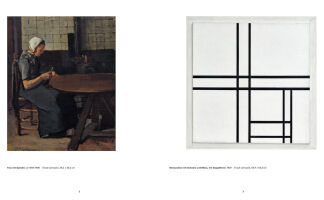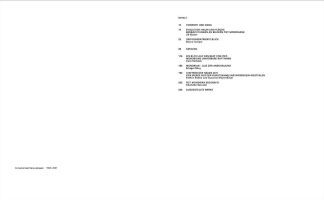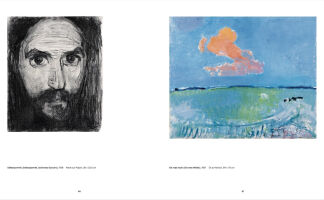Contact
art book cologne GmbH & Co. KG
Deutzer Freiheit 107
50679 Köln
Germany
Opening hours (office and showroom):
Monday to Friday 8 – 17
info@artbookcologne.de
Phone: +49 221 800 80 80
Fax: +49 221 800 80 82
About us
art book cologne, founded by Bernd Detsch in 1997, is a wholesale company and specializes in buying and selling high quality publications in art, art theory, architecture, design, photography, illustrated cultural history and all related subjects internationally. Our team includes specialists in art, culture, music, book trade and media but in spite of our diversity we have one common ground: the enthusiasm for unique art books.
We purchase remaining stocks from museums, publishers and art institutions. We sell these remainders to bookstores, museum shops, and art dealers all over the world.
Mondrian Evolution
| Dealer Info | Trade discount: 1 cpy. 30% discount | 2+ cps. 40% |
| Editor | Sam Keller, Ulf Küster, Susanne Gaensheimer et al. |
| Publisher | Hatje Cantz |
| Year | 2022 |
| Cover | Paperback with flaps |
| Language | German |
| Note | Design: Irma Boom |
| ISBN | 978-3-7757-5236-7 |
| Pages | 264 |
| Weight | 1184 g |
| More | |
| Type of book | Exhib'publication |
| Museum / Place | Fondation Beyeler, Riehen/Basel & Kunstsammlung NRW |
| Article ID | art-51888 |
Piet Mondrian had a decisive influence on the development of painting from figuration to abstraction. On the occasion of his 150th birthday, Mondrian Evolution is dedicated to his multifaceted work and artistic development. Initially working in the tradition of late-nineteenth century Dutch landscape painting, Symbolism and Cubism subsequently took on great significance for him. It was not until the early 1920s that the artist focused on a wholly non-representational pictorial vocabulary, concentrated on the rectangular arrangement of black lines with surfaces in white and the primary colors blue, red, and yellow. In separate chapters, this path is traced through motifs such as windmills, dunes, the sea, farms reflected in the water, and plants in various forms of abstraction.
PIET MONDRIAN (1872–1944) was one of the pioneers of abstract art. Hailing from a strict Calvinist family, the artist became famous for his compositions of black lines and rectangular fields in primary colors, but his early work was influenced by 19th century Dutch landscape painting.









